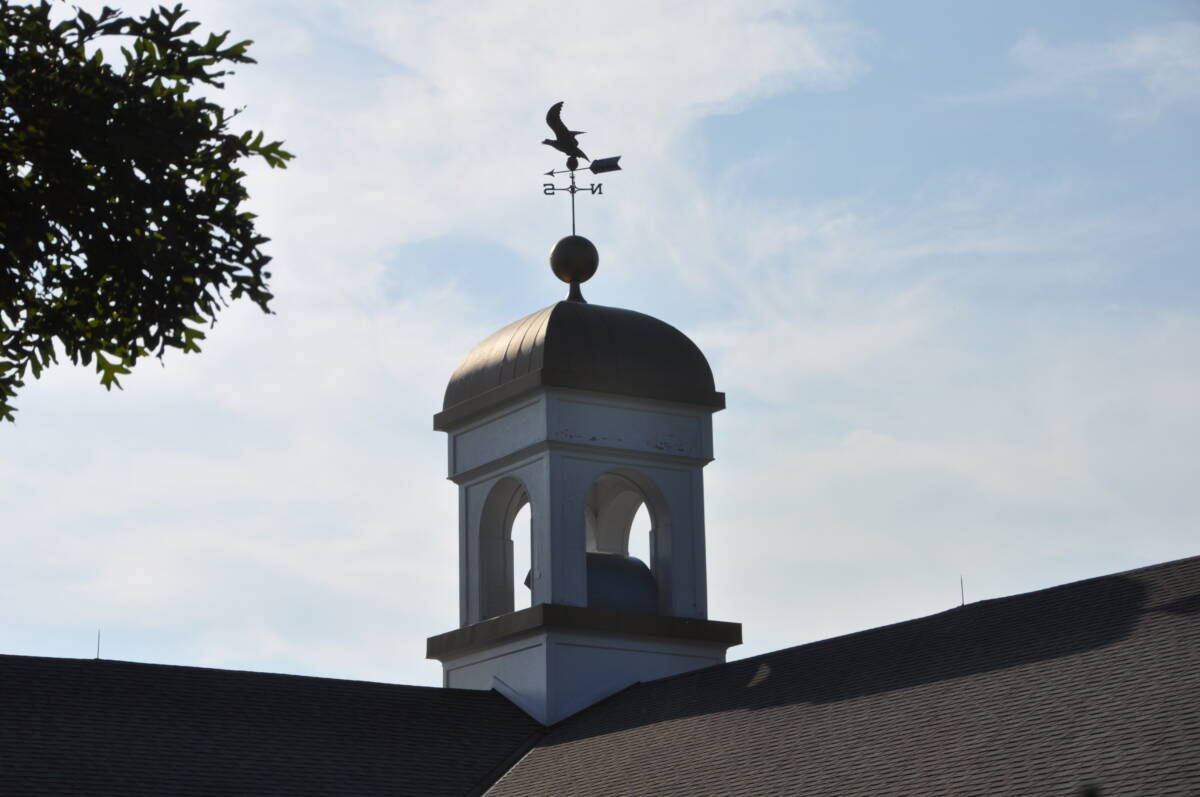To the Editor
Your reports on the Monroe land-use commissions’ hearings on the illegal quarry on Cambridge and Independence Drives remain remarkably informative. But the hearings, themselves, raise questions as to local and state policies regarding buried construction debris and other waste materials.
For example, when there is some level of credible evidence that possibly harmful materials have been buried on a site, is there any way to find out what’s down there? A common approach is to test groundwater to see if it’s been contaminated, but, of course, it would be better to detect any one problem before it reaches and spreads on groundwater. When is excavation required? When should it be required?
I don’t claim to know the answers. Officials at DEEP are addressing some of these questions presently as they frame new remediation regulations.
As for what’s down there, I looked at the manifests put in evidence by the owner of the quarry. They are difficult to interpret and, for some reason, the clients’ names are redacted. I checked one project, and was able to determine that it was a residential tear-down. But I could not see exactly what materials came to Monroe.
Looking to the near future, in your article of April 1, you report that the applicant has received inquiries as to his interest in receiving “clean, natural fill.” I heard that, too, but was not sure if the reference was to “clean fill” as defined by DEEP or real, clean, uncontaminated, natural soil (the kind of soil that was there before).
Margaret Miner
Roxbury






